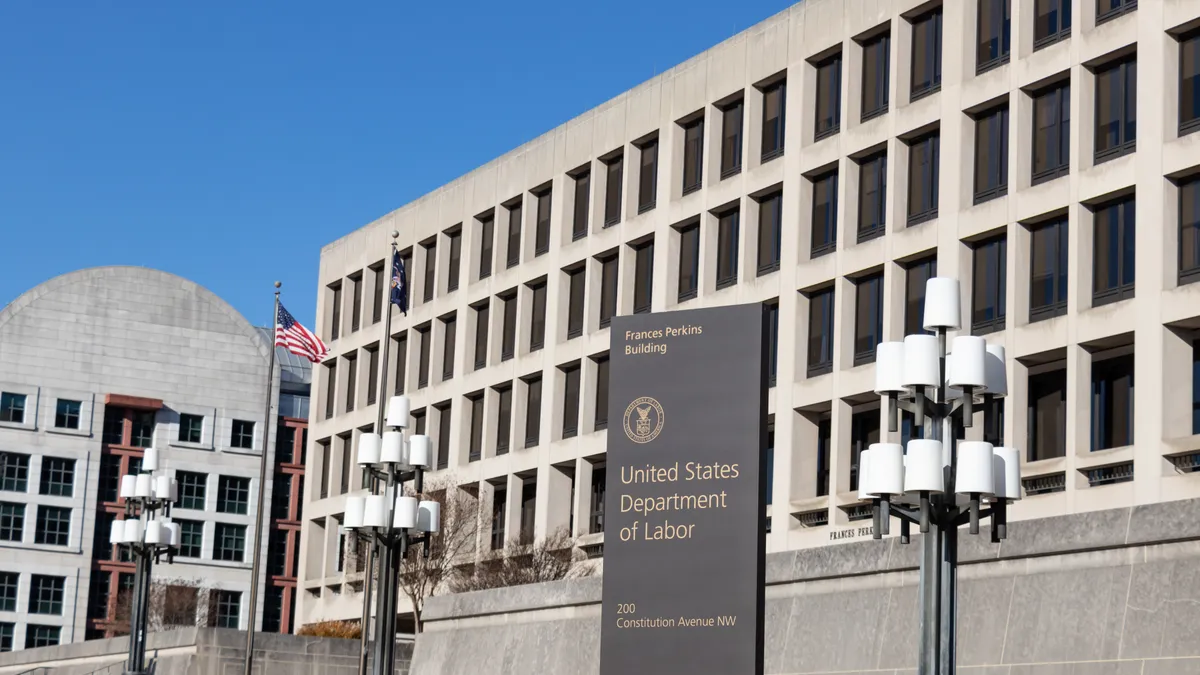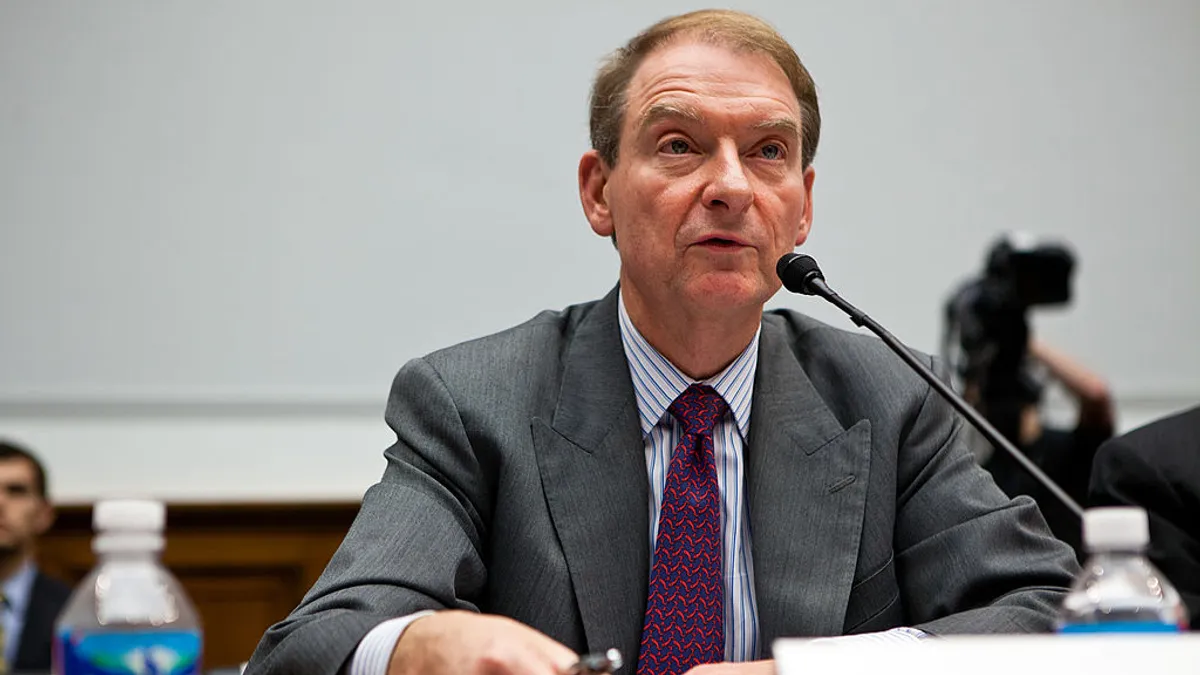Using language to “break ties” between an existing clawback policy and the new one that companies are required to have in place by the end of the year will simplify compliance with the Securities and Exchange Commission’s new Dodd-Frank rule, says Mitchel Pahl of Katten Muchin Rosenman.
The SEC enacted a rule last year requiring the two big U.S. stock indexes, Nasdaq and the New York Stock Exchange, to require companies listed on their platforms to have a clawback policy in place or risk delisting.
The rule requires companies to go after performance-based compensation they pay out to their executives based on financial results that are later restated, whether from misconduct or simply a mistake. Enforcement begins January 1.
Clawback policies aren't new. Companies started putting them in place after Dodd-Frank was enacted in 2010 and today 94% of the 100 largest public companies have a policy, a survey by Shearman & Sterling shows.
The challenge is ensuring these existing policies coordinate with the required SEC policy, Pahl says.
That won’t necessarily be easy. Although 78% of the existing policies of the biggest 100 companies allow for a clawback when there’s a financial restatement, only 30% mirror the SEC requirement to go after compensation even if the restatement stems from an error and not fraud or misconduct. The other 48% require the restatement to be the result of fraud or misconduct.
What’s more, 33% don’t require a restatement – it could be something else, like unethical conduct – and there are other nuances. For example, 6% allow for a clawback if there’s material inaccuracies in the financials even if they’re not restated.
“Those [existing] policies often differ in material ways from the new policy,” Pahl said in an opinion piece he published on Bloomberg Law.
Policies can also differ based on who’s subject to a clawback. For the SEC, it applies to so-called Sec. 16 executives – the CEO and any other C-suite officer who has a significant policymaking role. That typically means the CFO and any vice president of a principal business unit. The general counsel could be included on the list, too, if the role comes with a significant policymaking component.
In the Shearman survey, only 2% of existing policies limit clawbacks to just the Sec. 16 officers. The lion’s share – 64% – makes all executive officers subject to them.
Another 6% limit them to named officers and 9% reach further down to make even non-executive employees subject to them to the extent they had a role in the problem triggering the clawback. Another 3% apply them to senior management, which the survey doesn’t define.
Another area of potential difference is the role of the board. In 84% of existing policies, clawbacks are at the board’s discretion. That won’t fly with the SEC. When there’s a restatement, they’re mandatory.
There’s no reason companies can’t keep these existing policies in place, Pahl says. They just have to make sure they maintain a separate policy that meets all of the SEC requirements, and that’s where coordinating provisions can be helpful.
These provisions are common in equity plans to help ensure the documents that go into the plan work together.
“It is typical to draft ordering principles into these and similar documents that serve to tie-break and decide which document will govern if there’s a conflict or discrepancy,” he says.
In an equity plan, you typically have the equity incentive plan document itself along with the equity award agreement and any applicable employment agreement or offer letter. “The documents talk to each other,” he says.
In the clawback context, the company can include a provision in its SEC-compliant policy that says it will override any other policy when there's a conflict.
For example, if an existing policy allows the company to go after compensation from an executive who is dismissed because of unsatisfactory behavior, it can remain up to the board to give the clawback the go-ahead or not.
“Outside the new mandated clawback system, a board of directors might determine it’s in the company’s best interests to exercise discretion to cause a forfeiture of various types of compensation,” he says. “Or the compensation committee (or other policymaker for non-executive employees) might determine, based on factors that the committee itself has decided are most relevant, that a clawback of previously paid compensation wouldn’t be cost effective.”
But that discretion must give way to the SEC-compliant policy when there’s a conflict, which the coordinating provision would make clear.
“Existing clawback policies, which have stretched beyond SEC-compliant rules, will continue to be desirable,” he says. “With some diligent planning and attention to detail, companies can keep both policies and have them work in harmony.”



















